Overwintering Lantana Plants – Caring For Lantanas Over Winter
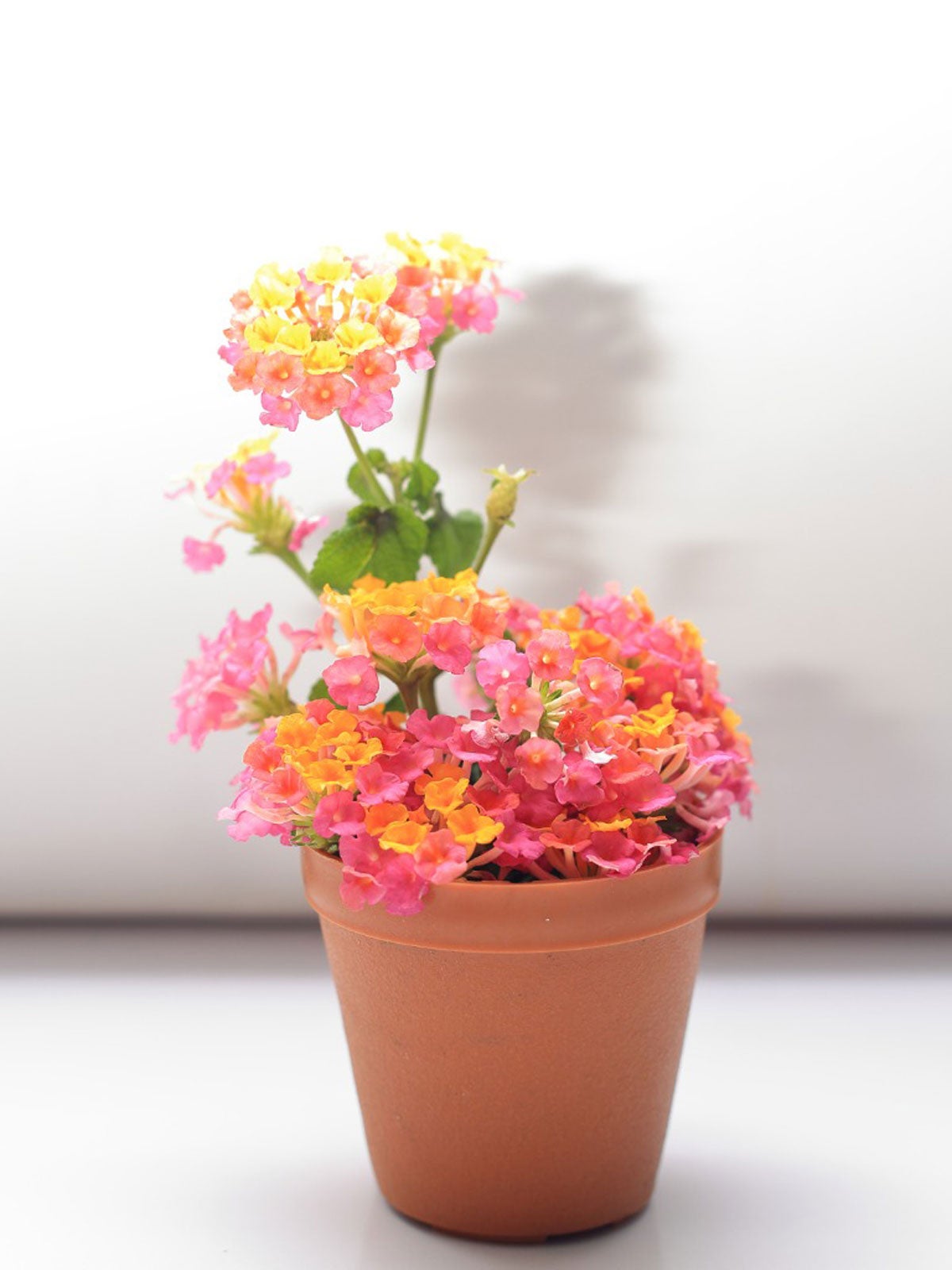

Lantana is the answer to every gardener’s prayers. The plant requires amazingly little care or maintenance, yet it produces colorful blossoms all summer long. What about caring for lantanas over winter? Winter care for lantanas isn’t difficult in warm climates; but if you get frost, you’ll need to do more. Read on for information about overwintering lantana plants.
Overwintering Lantana Plants
Lantana (Lantana camara) is native to Central and South America. However, it has naturalized in the southeast part of the country. Lantana grows to 6 feet (2 m.) tall and 8 feet (2.5 m.) wide, with dark green stems and leaves and the familiar clusters of flowers in shades of red, orange, yellow and pink. These blossoms cover the plant all summer long. When you worry about caring for lantana plants over winter, remember that lantana can grow outdoors all winter long in U.S. Department of Agriculture plant hardiness zones 9 or 10 and above without any special precautions. For these warmer zones, you do not have to concern yourself with lantana winter care. In colder zones, many gardeners prefer to grow lantana as an easy-grow annual blooming vigorously until the frost. It also self-seeds, and may appear the following spring without any action on your part. For those gardeners who live in areas that get frosts in the cooler months, winter care for lantanas is critical if you want to keep the plants alive. Lantanas need a frost free area to survive outdoors in winter.
Caring for Lantanas over Winter
Lantana overwintering is possible with potted plants. Lantana winter care for potted plants involves moving them inside before the first frost. Lantana plants should go dormant in autumn and stay that way through spring. The first step toward winter care for lantanas is to cut back on water (to about ½ inch (1.5 cm.) per week) and stop fertilizing the plants in late summer. Do this about six weeks before you expect the first frost of the year. Position the lantana containers indoors in an unheated room or garage. Place them near a window that gets diffuse light. Part of winter care for lantanas is to turn the pot every week or so to let every side of the plant have some sunlight. Once spring arrives and outdoor low temperatures do not dip below 55 degrees Fahrenheit (12 C.), place the potted lantana outside again. Adjust its position to gradually increase the amount of sunlight the plant gets. Once the plant is outside, water it normally again. It should resume growth as the weather gets warmer.
Gardening tips, videos, info and more delivered right to your inbox!
Sign up for the Gardening Know How newsletter today and receive a free copy of our e-book "How to Grow Delicious Tomatoes".

Teo Spengler is a master gardener and a docent at the San Francisco Botanical Garden, where she hosts public tours. She has studied horticulture and written about nature, trees, plants, and gardening for more than two decades. Her extended family includes some 30 houseplants and hundreds of outdoor plants, including 250 trees, which are her main passion. Spengler currently splits her life between San Francisco and the French Basque Country, though she was raised in Alaska, giving her experience of gardening in a range of climates.
-
 12 Mother’s Day Garden Gifts That Celebrate Moms Who Love To Grow
12 Mother’s Day Garden Gifts That Celebrate Moms Who Love To GrowAll Moms deserve to feel special on Mother’s Day, so treat her to a thoughtful gardening gift that helps her get the most out of her hobby.
By Melanie Griffiths
-
 Never Plant Seedlings Until They Pass These 3 Simple Tests
Never Plant Seedlings Until They Pass These 3 Simple TestsDon't be over-eager to transplant seedlings into the garden before they are ready. These quick and easy checks will help ensure flourishing plants.
By Mary Ellen Ellis
-
 Growing Lantana Indoors For The Winter
Growing Lantana Indoors For The WinterCan I bring Lantana inside for the winter? Well, click here to find out.
By Tonya Barnett
-
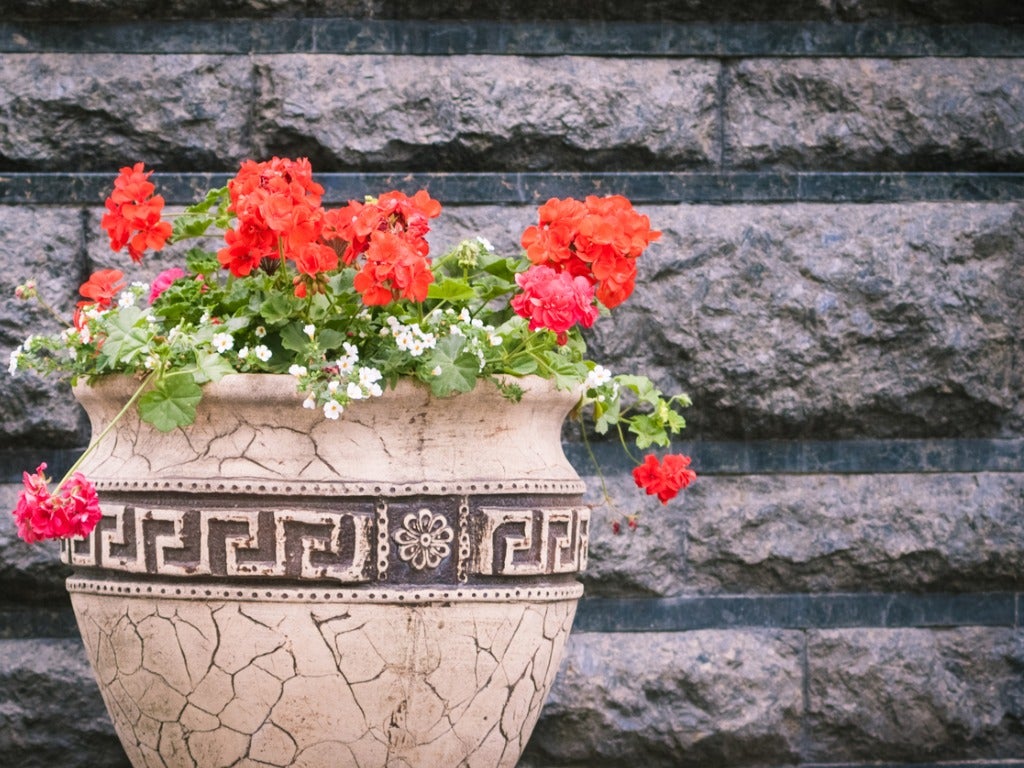 Repotting Lantanas: When And How To Repot Lantana Plants
Repotting Lantanas: When And How To Repot Lantana PlantsLantana is ideal for growing in containers or ornamental raised flower beds. With proper care, gardeners can enjoy the small showy flowers for many years to come. In doing so, learning how to repot lantana will be important. This article will help with that.
By Tonya Barnett
-
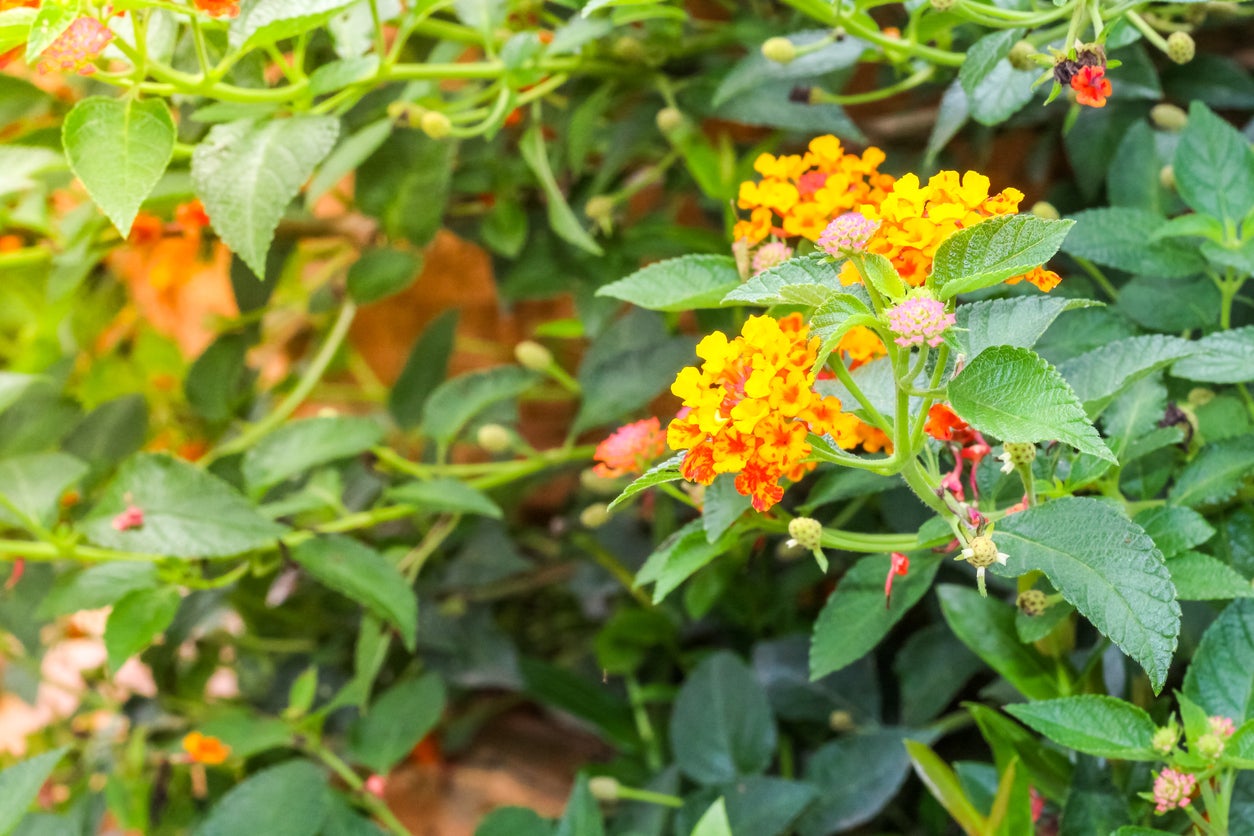 Controlling Lantana Weeds: Stopping Lantana Spread In The Garden
Controlling Lantana Weeds: Stopping Lantana Spread In The GardenIn some gardens, Lantana camara is a pretty, flowering plant that adds delicate, colorful blooms to flower beds. In other areas, though, this plant can be more of a pest. Find out ways for controlling lantana weeds in your yard by clicking this article.
By Mary Ellen Ellis
-
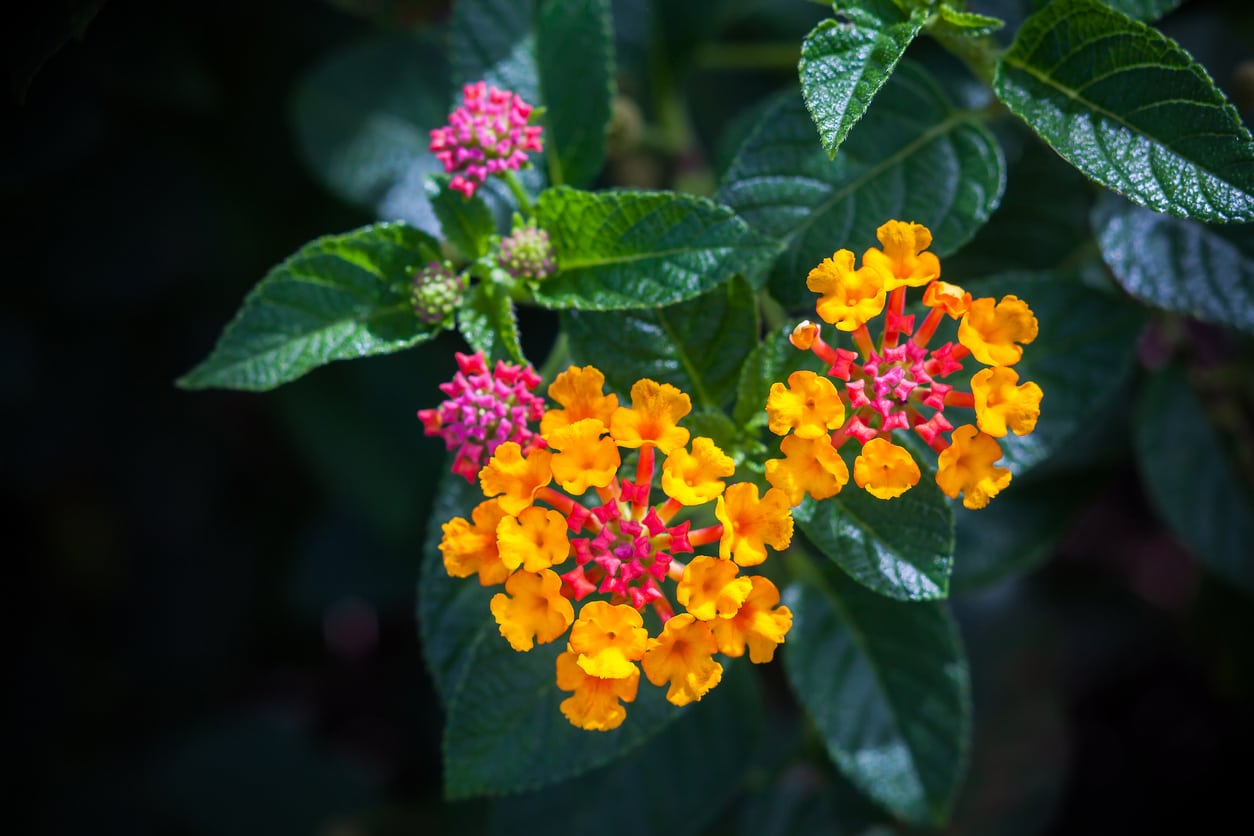 Can You Transplant Lantanas: Tips For Moving A Lantana Plant
Can You Transplant Lantanas: Tips For Moving A Lantana PlantIf you have a lantana that is struggling in its current location or has outgrown its space and is not playing nice with other plants, you may be searching for some tips on how to transplant lantana. This article will help get you started with that.
By Darcy Larum
-
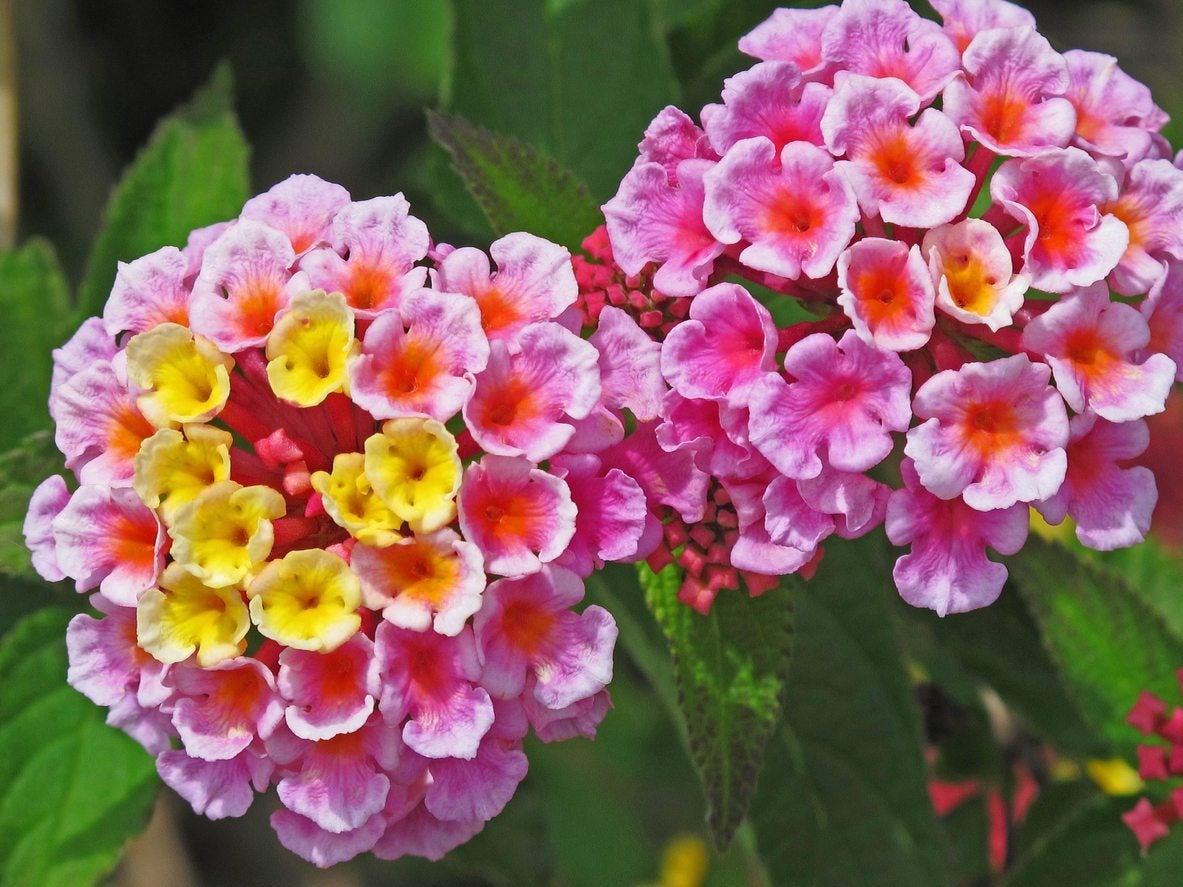 Color Changing Lantana Flowers – Why Do Lantana Flowers Change Color
Color Changing Lantana Flowers – Why Do Lantana Flowers Change ColorSince a lantana flower cluster has flowers of multiple ages, it will often display different colors in the center and on the edges. You can observe lantana flowers changing color in your garden as the season advances. Learn other reasons for color changing in this plant here.
By Ilana Goldowitz Jimenez
-
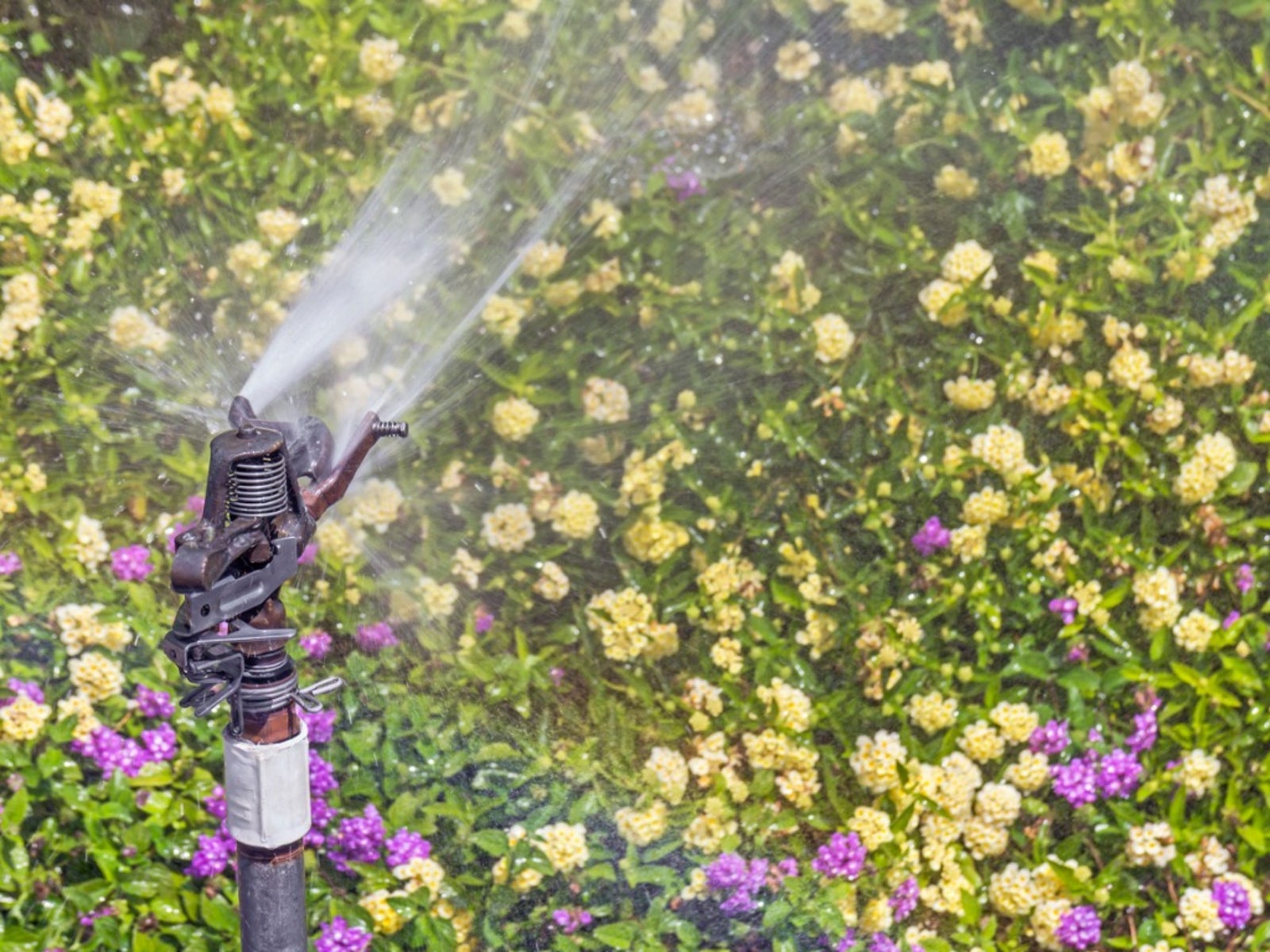 Lantana Watering Needs – Tips On Watering Lantana Plants
Lantana Watering Needs – Tips On Watering Lantana PlantsLantana can tolerate drought once established but the best development and flowering results from consistent watering. How much water do lantana plants need? We will discuss when to water lantanas for best growth and flower production in this article.
By Bonnie L. Grant
-
 Lantana Leaf Yellowing – Treating Yellow Leaves On Lantana Plants
Lantana Leaf Yellowing – Treating Yellow Leaves On Lantana PlantsGardeners love lantana because of its brightly colored blossoms that attract butterflies and bloom from spring to frost. If you see your lantana plant turning yellow, it could be nothing or something serious. Click this article for more information.
By Teo Spengler
-
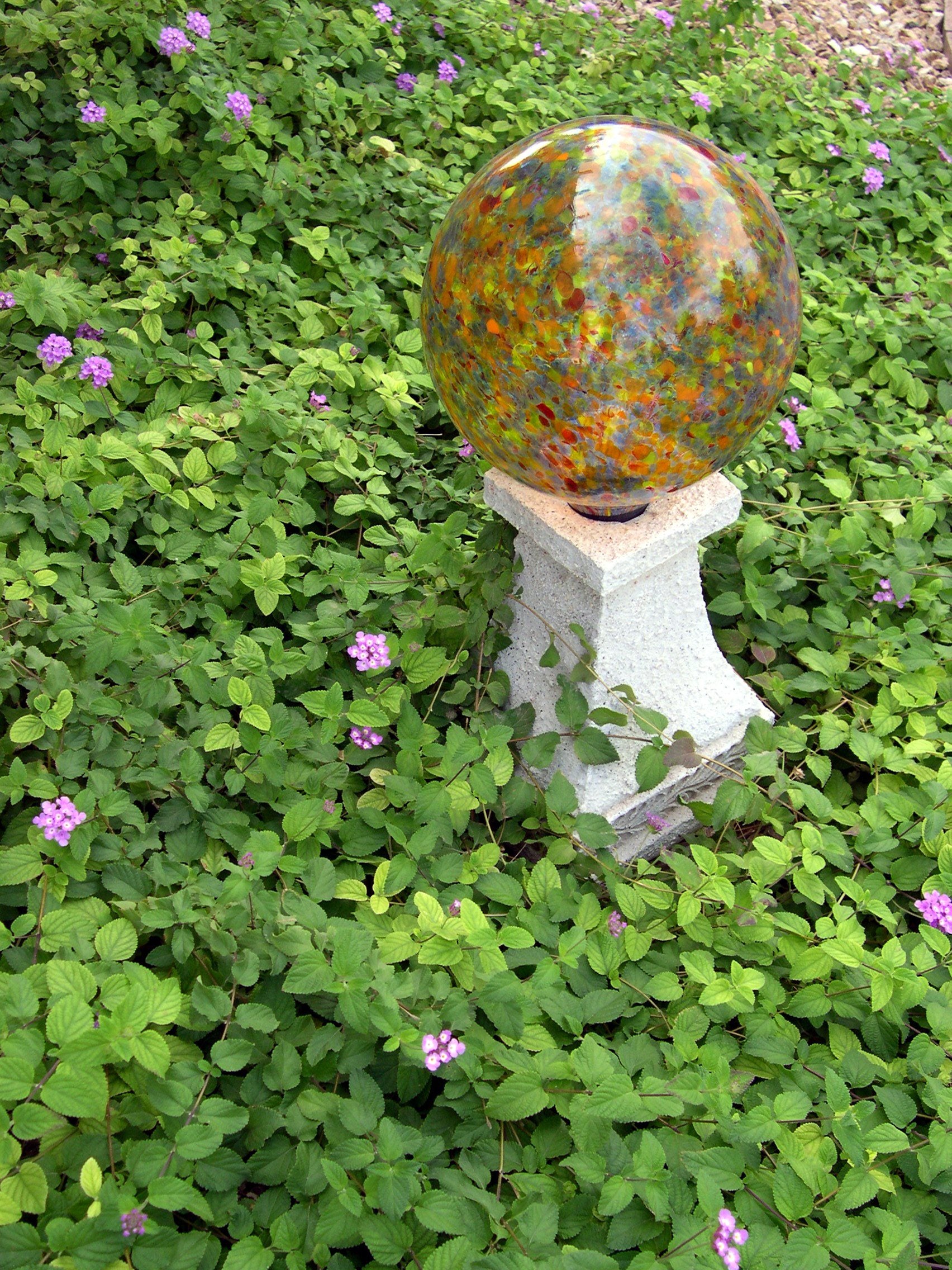 Lantana Groundcover Plants: Tips On Using Lantana As A Groundcover
Lantana Groundcover Plants: Tips On Using Lantana As A GroundcoverMost lantana plants reach heights of 3 to 5 feet (1 to 1.5 m.), so lantana as a ground cover doesn't sound very practical - or does it? If you live in USDA plant hardiness zone 9 or above, trailing lantana plants make wonderful year-round ground covers. Click here to learn more.
By Mary H. Dyer